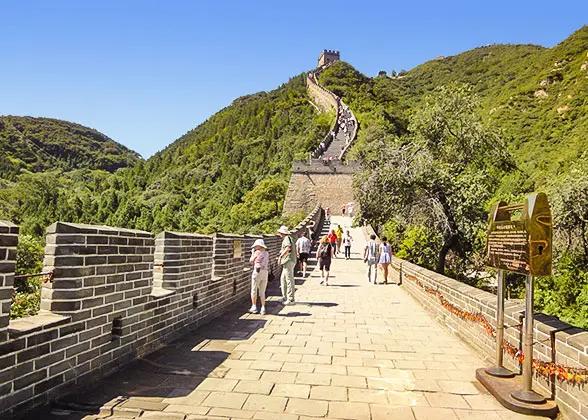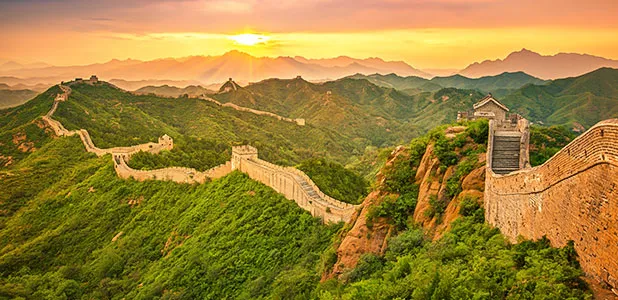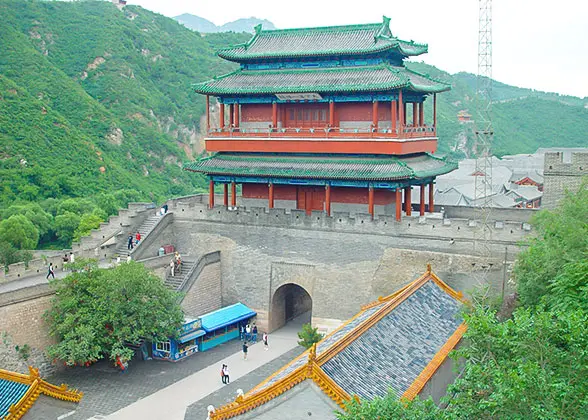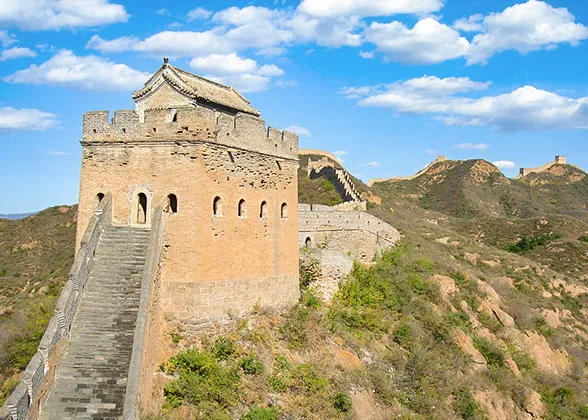Military Defense System of China Great Wall
Military Importance of the Great Wall in Ancient China
- Protecting Han Chinese from Invasions of Northern Nomadic Tribes
The Han Chinese living on the Central Plain south of the Great Wall mainly relied on agriculture, which meant they needed a safe and stable living environment. To ensure this, a defensive screen to block outside invasions became very necessary. Historically, the three dynasties most active in building the Great Wall occurred right when the Central Plains were most frequently disturbed by northern nomadic tribes, for instance the Qin Dynasty (221 - 207 BC) and the Han Dynasty (202 BC - 220 AD) by the Huns, as well as the Ming Dynasty (1368 - 1644 AD) by the Mongols.![]() See more
See more
Did the Great Wall of China Work?
Who was the Great Wall of China built to keep out?
Why is the Great Wall of China important?
Battles Fought at the Great Wall of China
 |
In its 2,700-year-history, the northern nomadic tribes always wanted to break through the Great Wall and this led to many severe battles. Most of the time the Great Wall did a great job protecting the Central Plain, but there were a few failures, like the Tumu Crisis in the 15th century. However, the nomadic tribes seldom marched south through the Great Wall to capture the Central Plain, except for the renowned Mongol leader Genghis Khan, the only one in ancient history who breached the Great Wall, accomplishing this feat with his army in 13th century.
In contemporary and modern times, the defensive function of Great Wall got weaker and weaker and was breached several times, for instance, the Shanhaiguan Pass was captured by the British army in 1900 and the Gubeikou was seized by the Japanese army in 1933. Nowadays, the military defense function of the Great Wall has been completely lost, and it has morphed into a national symbol and a top tourist destination of China.
Famous Great Wall Battles:
![]() General Meng Tian Attacked the Huns in the North, in the 3rd century BC, Qin Dynasty
General Meng Tian Attacked the Huns in the North, in the 3rd century BC, Qin Dynasty
![]() Wei Qing and Huo Qubing Beat Back the Huns, in the 2nd century BC, Han Dynasty
Wei Qing and Huo Qubing Beat Back the Huns, in the 2nd century BC, Han Dynasty
![]() Genghis Khan Breached China Great Wall, in 13th century, beginning of Mongol Empire
Genghis Khan Breached China Great Wall, in 13th century, beginning of Mongol Empire
![]() Tumu Crisis, in 1449, Ming Dynasty
Tumu Crisis, in 1449, Ming Dynasty
![]() The War of Shanhaiguan Great Wall, in 1644, end of Ming and start of Qing
The War of Shanhaiguan Great Wall, in 1644, end of Ming and start of Qing
![]() Battle of Rehe - Last Battle on the Great Wall, in 1933, between China and Japan
Battle of Rehe - Last Battle on the Great Wall, in 1933, between China and Japan
Composition of Great Wall Fortifications
The Great Wall of China was not just a long wall, but a complete military defense system mainly consisting of:
1. Defensive Wall: to block enemies, transfer soldiers and delivery military supplies during battles; for soldiers to patrol on peaceful days.
2. Beacon Towers: to send military messages, keep watch on enemies, provide shelter and store daily necessities for soldiers on guard.
3. Passes: to station troops, protect important military points.
|
|
The northern tribes were good at field battles based on the mobility and flexibility of their powerful cavalry. The Han Chinese, whose cavalry was weak but infantry was powerful, were better at protracted and positional battles. The Great Wall, as a stationary arsenal and a fortified camp, changed the disadvantages of the Han Chinese into advantages and the Han people could then fight as they wanted. Also, there was no need to set soldiers on every inch of the Great Wall, but only at some important passes and fortresses. Once the enemies approached, the soldiers stationed in the passes could come to the battle site via the wall after seeing the messages from the beacon towers. In this way, it greatly reduced the possibility of being breached as well as the cost of defense.
![]() See details of How was the Great Wall of China defended?
See details of How was the Great Wall of China defended?
However, some people blame the Han Chinese for not taking more active defensive measures, just setting up a screen to defend negatively. This opinion is easily proved wrong if one takes ancient conditions into consideration:
1. The limited manpower and material resources made the long-distance expeditions against the northern nomads very difficult.
2. The active defensive policies cost too much, which could lead to the recession of national power.
3. The northern nomadic tribes came from different directions. When fighting with one, others might seize the chance to launch an attack.
4. The Han Chinese could not realize benefits from the northern lands. Even if they captured the northern land at great cost, they could not use the barren land to plant crops.


